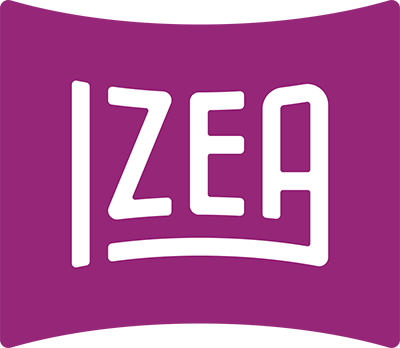
When we first launched these platform reviews back in 2016, the influencer marketing software landscape was just beginning to heat up. Many of the reviews you’ll find here are for companies that were just launching—or hadn’t even started up yet—at the time. But among our earliest reviews were two of the leading platforms in the game, IZEA and TapInfluence. Both of these products were launched by companies that had formed before, and then grew up with, influencer marketing even had a name. These platforms evolved along with the industry, and in some ways even helped to shape how things are done, cementing both of their statuses as major players that would be around for a long time to come.
As of today, that’s still a true assessment—sort of. In July, 2018, IZEA acquired TapInfluence, continuing to operate both platforms simultaneously while working behind the scenes to merge the two into one unified product. A year and some months later, and TapInfluence’s days are numbered. IZEA’s plan was to keep TapInfluence alive for 12-18 months during the technical transition, and we are now in month 14 of that timeline. With TapInfluence’s imminent demise as a standalone product, its most notable accomplishments will live on in IZEA’s updated code.
IZEA began life back in 2006. It wasn’t called IZEA then, and its early history is a confusing mishmash of different products and mergers and name changes. Its first offering was something called “PayPerPost,” perhaps the earliest known attempt at what would one day become influencer marketing. Social media wasn’t yet the All-Consuming Thing it is now, but blogs were quite popular at that time. PPP promised to connect brands with popular bloggers to create sponsored content. There was no oversight or requirement for bloggers to disclose that they had been paid for the post, and the service received some pretty bad press.
TechCrunch reported on the PPP’s launch with a headline declaring, “PayPerPost.com Offers to Sell Your Soul.” The article posed the rhetorical question “Is this a bad joke designed to torpedo the blogosphere’s credibility in general?” without realising the phrase “the blogosphere’s credibility” is the maybe the funniest thing ever written on the internet. TechCrunch’s hammering of PayPerPost and CEO Ted Murphy continued unabated for four years. And then it suddenly stopped, right around the time Murphy’s consumer rewards mobile app—called WeReward—competed in 2010’s TechCrunch Disrupt Conference. Weird coincidence, right?
WeReward was another early form of influencer marketing, this time with consumers earning points for sharing photos or content of products on social media. WeReward was also one of the first offerings after the company became known as IZEA. This is important background, as it shows—in one form or another—Murphy & company gradually moving toward what we now call influencer marketing. Since 2006, whatever the name of the company or product, there’s this sense of them inherently understanding there was an emerging market within the online social spaces where consumers and brands collided. Through several years of trial, error, tinkering, and tweaking, IZEA finally arrived at their latest software offering, IZEAx, a content and influencer marketplace that’s more fully realised than most of its competitors.
Most marketplaces act as the middleman between creators and brands/agencies and don’t go much deeper into it. You’ll have some basic search tools as well as modules for communication and negotiation, and some basic reporting. IZEA blows all that away with a platform built out to offer everything you’d want from an influencer marketplace—which also happens to be everything you’d want from a campaign management tool. And in a nice little twist from its inauspicious beginnings over a decade ago, IZEA is one very few influencer platforms that’s actually automating—and therefore enforcing—compliance guidelines for transparency. Really, my biggest complaint revolves around their name and its all-caps formatting. It’s pretty annoying to type out.
Summary:
Pricing
IZEA offers three distinct services, all of which taken together appeal to a diverse group of businesses. It’s a something-for-everyone approach, with each service being unique enough that nothing feels diluted on the lower end.
- IZEAx Discovery ($149/mo) — For small businesses that want to dip their proverbial toes into the metaphorical pool, this is a search-only tool that gives access to IZEA’s database of more than 630K influencers who’ve opted into the platform, as well as the more than 2.6 million other profiles sourced through an algorithm that pulls data through Instagram’s API.
- IZEAx Unity (custom pricing) — This is the full suite of self-service tools, offered as a SaaS subscription. Its collaborative features make this ideal for medium-to-large businesses operating with their own marketing department, and as such the software priced according to the number of seats desired. Customers also have the option to go a la carte with some add-on services, or even to offload some of work to IZEA’s managed services teams.
- Managed Service (custom pricing) — Not the focus of this review, but still nice to know they offer it: brands can enlist IZEA as an influencer marketing agency to manage all aspects of the campaign. It’s generally priced as a percentage of the brand’s marketing or campaign budget.
The Details
IZEA is complex software. Note that complex means something different from complicated: it isn’t hard to use, but it does require a learning curve because it is so feature-dense.
Searching for creators on the IZEA platform involves a comprehensive set of filters and refinements to enable the discovery of the best influencers for your campaign—audience size, demographics, psychographics, topics of interest, keywords, social channels, and more. Newly added to the platform is something called “VizSearch,” which operates the same as an influencer search except the results are actual pieces of content that match the query.
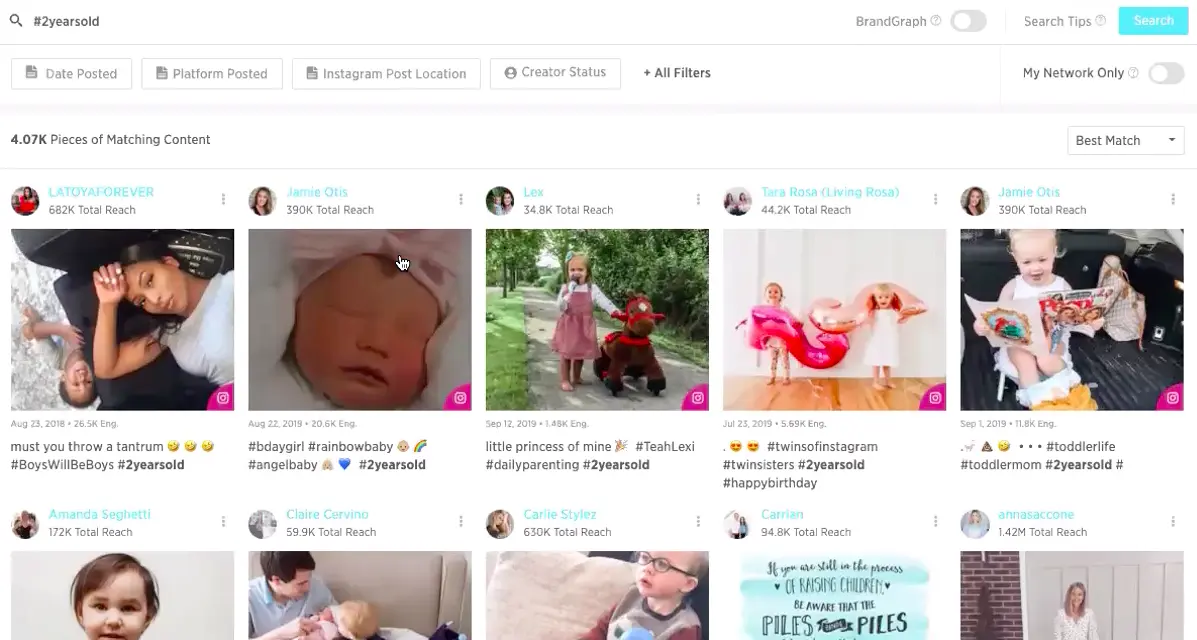
This search is powered by image recognition and artificial intelligence that displays eerily relevant images, and goes beyond basic visual searches like “beach” or “sunglasses,” for example. Type in your brand’s name, and you’ll be treated to results showing influencers who are posting content with your product in them. This works on an even larger level than simply finding products that match your search words. Search for a huge multinational corporation, like Procter & Gamble, and you’ll see results featuring products from their subsidiary companies, making the search tool pretty powerful for competitor research, too.
Whether you’re finding influencers through profile searches or VizSearch, you’ll always be able to get plenty of data about them. There’s the stuff that IZEA’s algorithm pulls through the API for all the influencers on the platform, and then there are even deeper insights if they’ve opted in and connected their accounts. Brands will see and understand the influencers’ audience growth or decline over time, in-depth engagement analysis, their post activity, a glimpse into their portfolio, and a ranking score that demonstrates where each creator sits relative to others on the platform. Data is one area in which IZEA has historically led the way, and that hasn’t changed in its years as a leading platform.
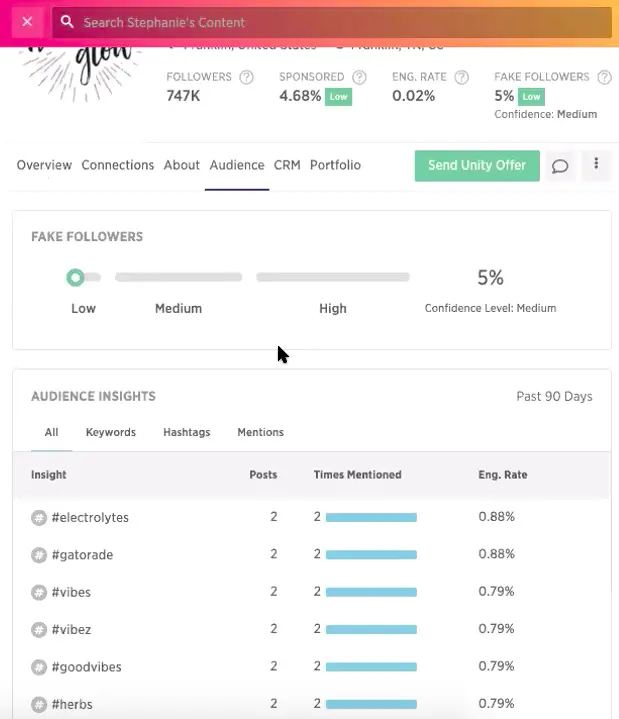
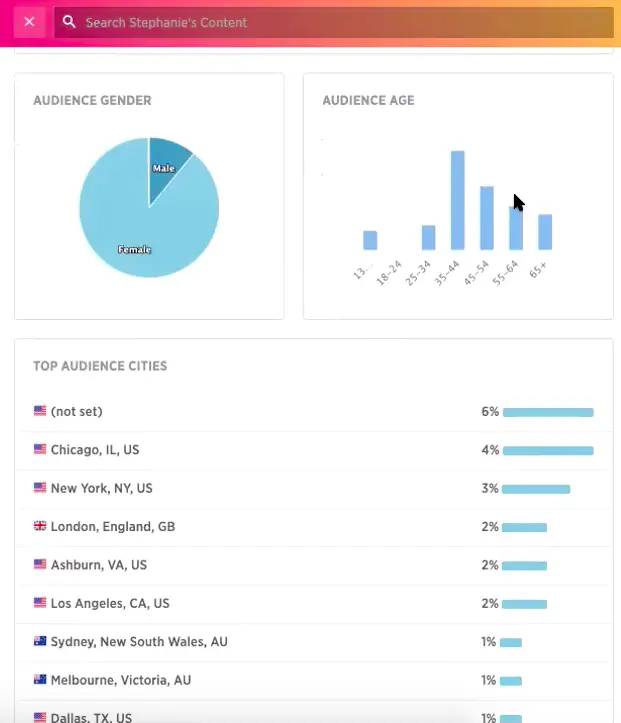
One other great feature IZEA offers is the ability to maintain a private network of influencers you work with. They can opt-in through a sign-in portal to work with your company, and their profiles aren’t publicly searchable or viewable—though they will show up in your own searches.
As you search through the platform and find potential influencers, you can create lists to keep track of who you’ve got your eye on, and for what campaign. It isn’t just a simple list, though--think of it more as influencer segmentation, where creators can be broken down by topic and platform, or a combination of those two. IZEA also acts as the communication hub with creators, and as a front-end for bulk activation of people you want to work with. And because the platform is collaborative by nature, all members of your team can view these lists and communications (if you give them the right permissions), so no one’s going into anything blind when they need to step in.
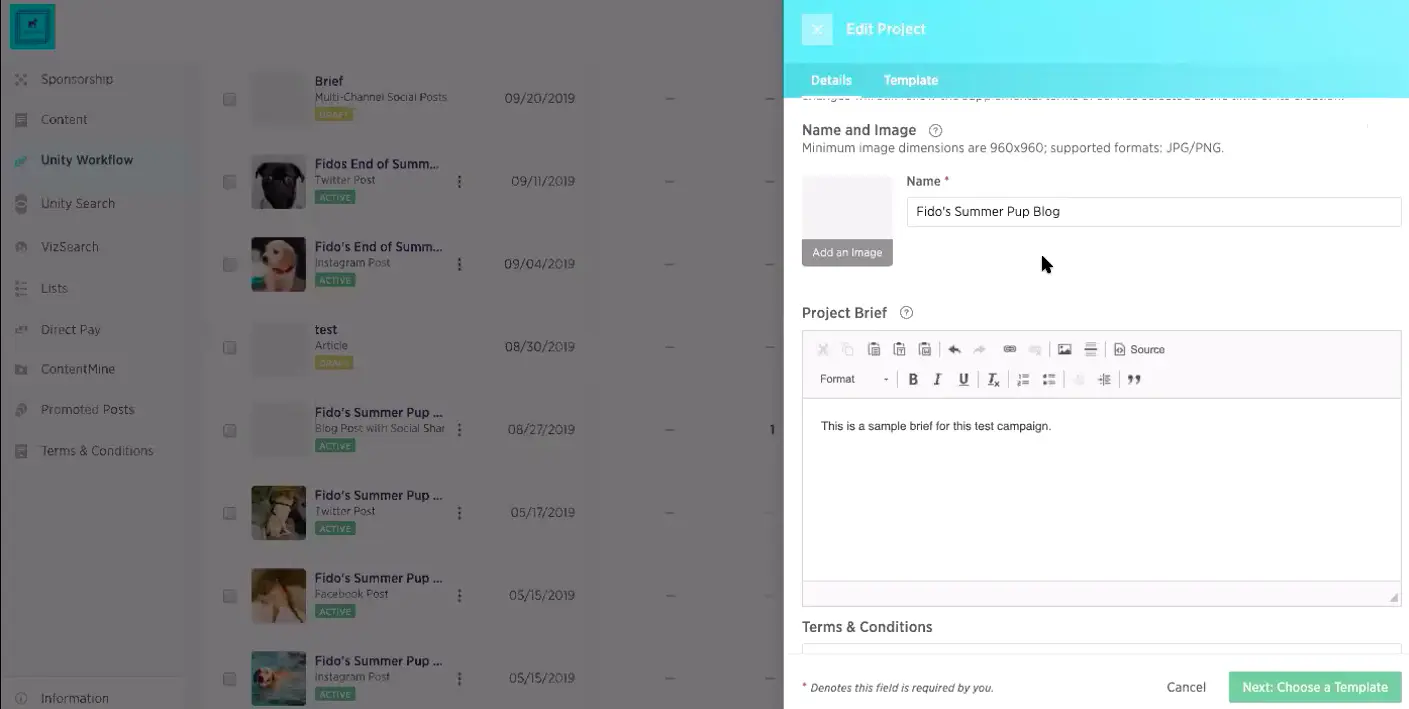
IZEA’s campaign management tools streamline the process of creating, executing, and managing your influencer marketing. Creators can be recruited through an open bidding system, where IZEA’s algorithm matches your requirements with any of the creators who would be a good fit, according to the criteria you define. They can then submit proposals if they’re interested in participating. A couple of nice features within this are the ability to include your budget (and ensuing spending) for each campaign, as well as the “Maximum Bid” option. This allows you to set the ceiling on what you’re willing to pay an individual creator, saving you the time of having to sift through proposals that will be rejected on price alone. You can also make direct offers to creators you want to work with, whether they fit your criteria or not.
The campaign management tools also give brands an excellent level of control over scheduling, publishing, and verifying content to ensure it conforms to your specifications. Include any and all hashtags, mentions, and verbiage that you want appended to the post, and IZEA will automatically attach them to the post when it goes live on Facebook or Twitter. For social channels that don’t allow for direct publishing from the platform itself, IZEA will scan the posts when they do go live and alert you that your influencer’s content is incomplete. In this case, their payment is put on hold until it’s rectified. And as for payment itself, creators are paid directly by IZEA when their content is live and confirmed—brands just receive a single invoice at the end of the month for all payments made on their behalf.
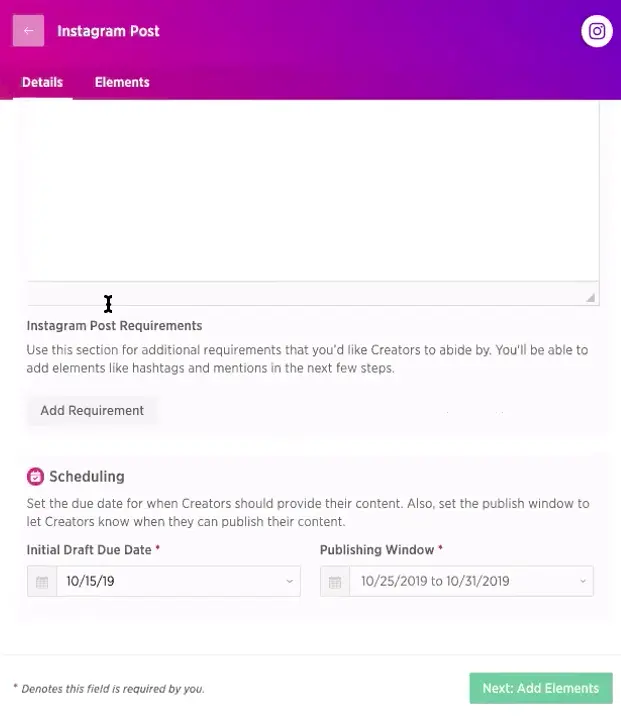
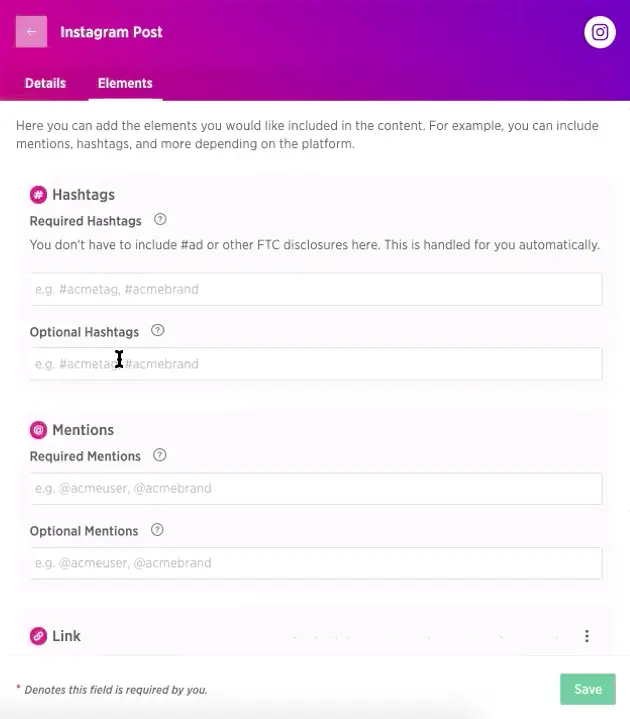
The messaging component of IZEA tracks the status of everyone participating in your campaign, as well. This means that when you’ve done things like accepted a proposal, or approved content, these actions show up in your message thread, preserving the chronology of these events within the larger conversation. You can also see any of your conversations and activity with a specific creator, in the context of other screens (like when tracking the status of each creator’s progress on campaign content).
For content you’ve paid for and shared via your own social account or blog, there’s a more programmatic way to spread it around: ContentAmp. With ContentAmp, IZEA makes it simple: fill out a few fields in a form, define your budget, what you’ll pay per click or engagement, set some parameters for the types of influencers you want to work with, and the platform takes it from there. IZEA then identifies influencers who fit the bill and notifies them of the opportunity. All they have to do is share the link to your content on their own feeds and they receive a modest payment. You can then monitor the performance of these shares, tracking clicks, shares, and likes, as well as getting individual performance metrics for each influencer.
Similarly, IZEA also offers something called ContentMine, which stores all the content created for you by influencers in your past campaigns. Rather than just act as a simple gallery to scroll through, the platform uses AI to scan, analyse, and tag each piece of content so that you can essentially run a VizSearch to find user-generated content owned by you, for use with your other paid promotions. An integration with Facebook Ads streamlines the whole process.
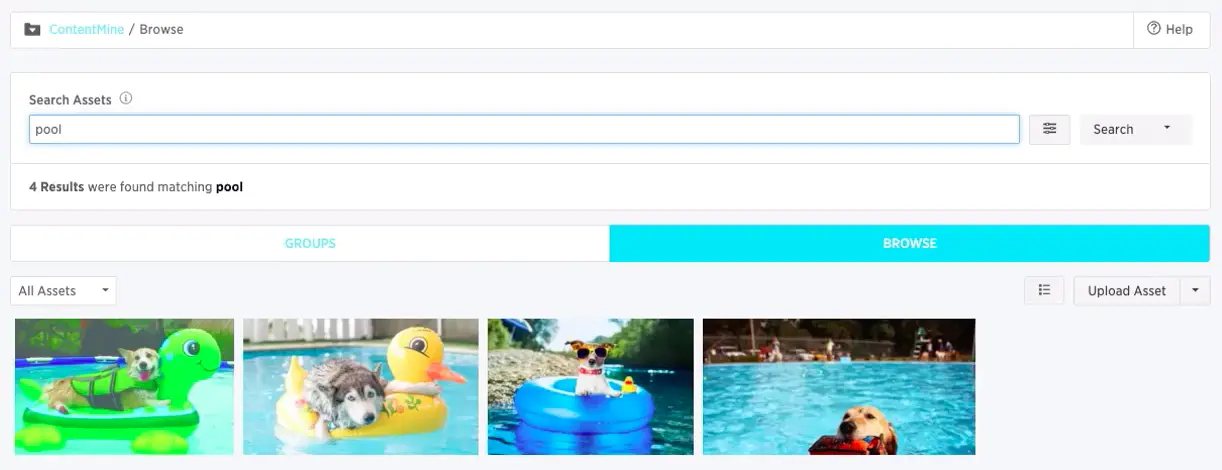
IZEA’s reporting engine goes much further than the standard Reach/Engagement metrics of most marketplaces. The reporting engine displays in an easy-to-read interface, performance metrics (of course), media value, and ROI. For content that relies on clicks, it creates trackable URLs and then provides in-depth analysis of all the clicks you’ve received: this is broken down by platform, viewed as straight ahead numbers as well as in graphs for an at-a-glance understanding of which social channel is performing the best.
Conclusion
Normally, these reviews don’t read like an exhaustive list of features. But that’s because most influencer marketplaces don’t have an exhaustive list of features. And while the main body of this review doesn’t necessarily judge one way or the other how well these are implemented, you shouldn’t read into that. Or do read into it, but read it this way: if IZEA was poorly executed, or looked terrible, or was buggy, or anything negative, I wouldn’t be telling about everything it does. I’d be complaining about how poorly it works and wouldn’t bother letting you know about all its features.
But it does everything very well, indeed, and I haven’t actually told you about every last feature. There’s more to IZEA than what’s recorded here, and the only way you’re going to know that for yourself is to give it a whirl. If you’re in the market for a self-service marketplace that gives you unprecedented levels of control of over your influencer marketing, then you can stop reading. IZEA’s the one for you. Also, this is the end of the review, so kind of have to stop reading, anyway.
Frequently Asked Questions
What is IZEA?
IZEA is a content and influencer marketplace. In fact, it was started before influencer marketing even had a name. It evolved along with the field and even played a part in shaping how things get done within the industry. Today, it is more fully realized than the majority of its competitors. It is one of the very few influencer platforms that automate and enforce compliance guidelines for transparency. It offers more than just simply acting like the middleman between a brand and creators.
Is IZEA good?
The majority of marketplaces simply act like a middleman between brands and creators. What sets IZEA in another league is that they go much deeper than the basic search tools, modules for communication and reporting features. IZEA offers everything you want from an influencer marketplace and a campaign management tool. It does everything extremely well. Each service is unique and not even the cheaper plan feels as if it has been diluted.
How does IZEA’s pricing work?
IZEA has three distinct services to suit the needs of a diverse group of companies. IZEAx Discovery costs $149 per month and is ideal for small businesses. For the full suite of self-service tools, users will have to sign up for the IZEAx Unity plan. This plan’s pricing is worked out according to the number of seats required. They also offer a managed service where IZEA will manage all aspects of the campaign at a percentage of the brand’s marketing budget.
How can you recruit creators?
With a tool like IZEA, creators can be recruited by means of an open-bidding system. IZEA’s algorithm will match your needs with any of the creators who will be a good match according to the criteria that you’ve defined. These creators can then send proposals if they would like to participate. You can include your budget for each campaign enabling you to set the ceiling on what you’re willing to pay a creator. You can also use IZEA to send direct offers to creators.
Is IZEA easy to use?
It is a complex software. While it is not hard to use, it does have a learning curve as it has so many features.
IZEA
-
Features
-
Ease of Use
-
Reporting


